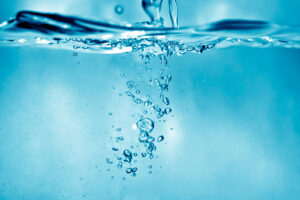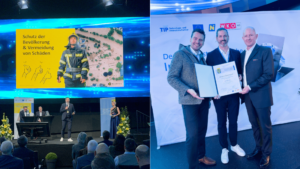The radar sensor is used for non-contact level measurement in harsh environments and provides live data (every 10 seconds) with a battery life of up to 10 years. It convinces by its high measuring accuracy. This accuracy can be guaranteed even in narrow shafts thanks to a low radiation angle of 4°. To avoid parallax during installation, there is a spirit level on the radar sensor.
This makes assembly even easier
The radar sensorbracket is made of stainless steel. The swivel arm allows the sensor to be aligned over the level to be measured. By means of a ball-and-socket joint, the alignment is subsequently made more precise. In addition, a laser distance meter can be attached directly to the sensor holder.

Mit dem Laden des Videos akzeptieren Sie die Datenschutzerklärung von YouTube.
Mehr erfahren
The 4 options briefly explained
Pipe mounting
The radar sensor is mounted using a pipe mounting flange suitable for pipe diameters of min. 50 mm up to max. 275 mm. The swivel arm is available in a length of 140 mm or 390 mm. Depending on the selected length , the distance between the wall between the wall and the centre of the sensor holder is 250 mm or 500 mm. You can find more information here.

Mit dem Laden des Videos akzeptieren Sie die Datenschutzerklärung von YouTube.
Mehr erfahren
Wall mounting
Mounting in the duct is done by means of a wall mounting flange (drill and screw). The swivel arm is available in a length of 140 mm or 390 mm. Depending on the selected length , the distance between the wall between the wall and the centre of the sensor holder is 250 mm or 500 mm. You can find more information here.

Mit dem Laden des Videos akzeptieren Sie die Datenschutzerklärung von YouTube.
Mehr erfahren
Rung mounting
The sensor is mounted by means of a rung flange suitable for rung/bar diameters of min. 15 mm up to max. 26 mm. The swivel arm is available in a length of 140 mm or 390 mm. Depending on the selected length , the distance between the flange and the centre of the sensor mount is 250 mm or 500 mm. You can find more information here.

Mit dem Laden des Videos akzeptieren Sie die Datenschutzerklärung von YouTube.
Mehr erfahren
Cross strut mounting
A cross strut suitable for DN 600 manhole covers with pockets for dirt traps is used for installation. You can find more information here.

Mit dem Laden des Videos akzeptieren Sie die Datenschutzerklärung von YouTube.
Mehr erfahren


